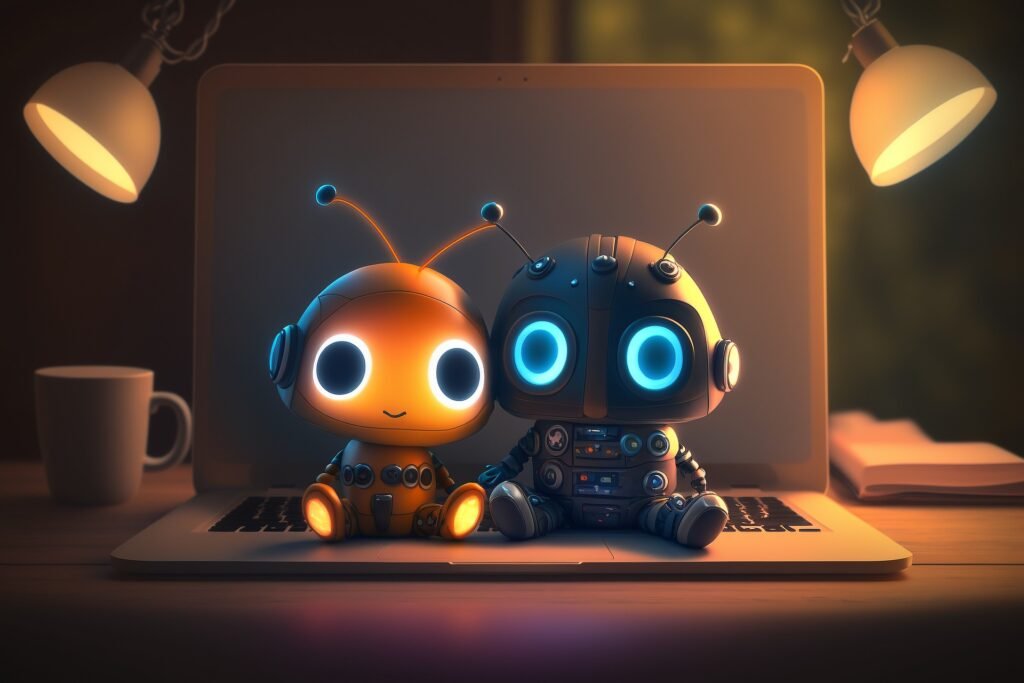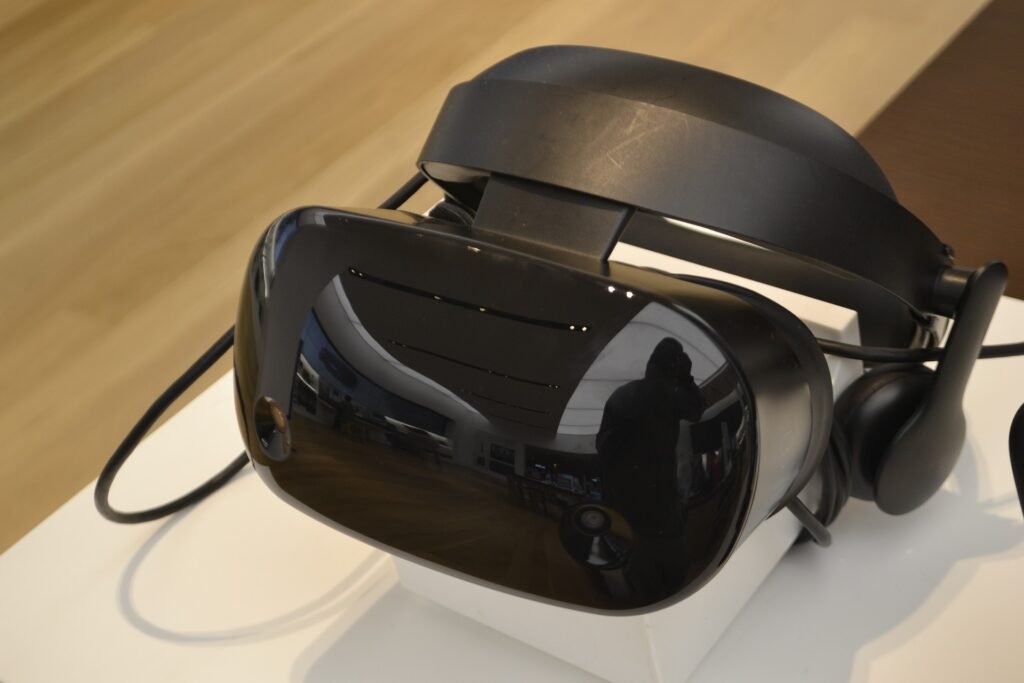With the rapid advancement of technology, what is the influence of technology on toys. Toys have become more interactive and immersive than ever before. One of the most notable influences of technology on toys is the integration of augmented reality (AR) and virtual reality (VR) features. These technologies have opened up a whole new world of possibilities, allowing children to explore virtual environments and interact with digital characters in a way that was once unimaginable.

For example, there are now AR-enabled board games that bring traditional gameplay to life by overlaying digital elements onto the physical game board. Children can use a smartphone or tablet to see animated characters, special effects, and interactive elements that enhance the overall gaming experience. This not only adds an extra layer of excitement but also encourages problem-solving skills and creativity.
In addition to AR and VR, technology has also influenced the design and functionality of toys. Many toys now come equipped with sensors, microchips, and Bluetooth connectivity, allowing them to respond to touch, sound, and movement. This not only makes the toys more interactive but also enables them to adapt and personalize their responses based on the child’s actions.
Integration of technology
Furthermore, the integration of technology has also led to the development of educational toys that combine learning and play. These toys utilize interactive screens, voice recognition, and artificial intelligence to provide children with engaging educational content. From math and science to language and coding, these toys offer a range of educational experiences that help children develop important skills while having fun.
Moreover, technology has also enabled the creation of toys that promote inclusivity and accessibility. For children with disabilities, there are now toys with adaptive features that cater to their specific needs. These toys may include large buttons, tactile elements, and auditory cues to ensure that every child can participate and enjoy the play experience.
In conclusion, the influence of technology on toys has transformed the way children play and learn. From AR and VR integration to interactive sensors and educational content, technology has elevated the toy industry to new heights. As technology continues to advance, we can expect even more innovative and exciting toys that will captivate the imagination of children and enhance their development. Here are some examples below.
Here are some of the influences of technology on toys.
1. Interactive Learning
One of the most significant impacts of technology on toys is the introduction of interactive learning. Traditional toys focused on basic skills development, but with the integration of technology, toys can now provide a more immersive and educational experience.
For example, there are now interactive tablets designed specifically for young children that offer a wide range of educational games and activities. These tablets not only entertain but also teach essential skills such as reading, math, and problem-solving. Children can learn while having fun, making the learning process more engaging and effective.
Another example is interactive robotic toys that encourage children to learn coding and programming. These toys introduce kids to the world of coding in a playful and hands-on way, helping them develop critical thinking and problem-solving skills.
The integration of technology in toys has revolutionized the way children learn. Instead of passive learning experiences, where children simply receive information, interactive toys allow children to actively engage with the content. They can explore, experiment, and solve problems, all while having fun.
Moreover, interactive learning toys often provide immediate feedback, allowing children to understand their mistakes and learn from them. This instant feedback helps children develop a growth mindset, as they see mistakes as opportunities for improvement rather than failures. It also fosters a sense of independence and self-directed learning, as children can explore different concepts and topics at their own pace.
Personalisation
Interactive learning toys can be personalized to suit each child’s individual needs and abilities. Many of these toys have adaptive technology that adjusts the difficulty level based on the child’s performance. This ensures that children are challenged enough to learn and grow, without feeling overwhelmed or bored.
The integration of technology in toys has also made learning more accessible and inclusive. Children with special needs or learning disabilities can benefit from interactive toys that cater to their specific needs. For example, there are toys with built-in assistive technology that provide additional support for children with visual or hearing impairments.
Overall, the introduction of interactive learning through technology has transformed the toy industry. It has opened up new possibilities for children to learn and develop essential skills in a fun and engaging way. As technology continues to advance, we can expect even more innovative and interactive toys that will shape the future of education and play.
2. Augmented Reality
Augmented reality (AR) has taken the toy industry by storm, bringing toys to life in ways we could only imagine before. AR technology combines the real world with virtual elements, creating an interactive and immersive experience.
There are now toys that utilize AR technology to enhance playtime. For instance, a traditional coloring book can come to life with the help of a smartphone or tablet. Children can color the pages, and the AR technology will animate their creations, making them appear three-dimensional and interactive.
AR technology also allows for interactive storytelling experiences. Children can use AR-enabled storybooks that come with a smartphone or tablet app. As they read the story, characters and objects pop out of the pages, creating a magical and captivating reading experience.
Applications of AR
But the applications of AR in the toy industry go beyond coloring books and storybooks. Toy manufacturers have started incorporating AR technology into building sets, puzzles, and board games. With the help of AR, children can bring their creations to life, watch their puzzles come together in 3D, and see their board game characters move and interact on the screen.

Furthermore, AR technology has opened up new possibilities for educational toys. Children can now learn about animals, planets, and historical events in a more engaging and interactive way. AR-enabled educational toys provide a hands-on learning experience, allowing children to explore and interact with virtual objects in a way that enhances their understanding and retention of information.
Not only does AR technology enhance the play experience, but it also encourages creativity, problem-solving, and critical thinking skills. Children can experiment with different colors and designs in the virtual world, test their problem-solving skills in AR puzzles, and think strategically in AR board games.
As AR technology continues to advance, we can expect even more innovative and exciting toys to enter the market. The possibilities are endless, and the future of toys is undoubtedly augmented.
3. Robotics and Artificial Intelligence
Robotic toys have become increasingly popular, thanks to advancements in technology. These toys are not only entertaining but also help children develop various skills, such as problem-solving, creativity, and logical thinking.
For example, there are programmable robots that children can control using a smartphone or tablet. They can program the robot’s movements, actions, and even responses to different stimuli. This hands-on experience with robotics and artificial intelligence sparks curiosity and fosters an interest in STEM (Science, Technology, Engineering, and Mathematics) subjects.
Robotic pets have also gained popularity. These lifelike pets can respond to touch, make sounds, and even perform tricks. They provide companionship and teach children about responsibility and empathy.
In addition to the educational benefits, robotics and artificial intelligence also play a significant role in various industries. For instance, in the healthcare sector, robots are being used to assist in surgeries, deliver medication, and provide companionship to the elderly. These robots are designed to perform tasks with precision and efficiency, reducing the risk of human error and improving patient outcomes.
Check out the latest Robots on Amazon.
Check out some of the latest and best Robot toys on Amazon right now.
In the manufacturing industry, robots are used for automation, increasing productivity and reducing costs. They can perform repetitive tasks with speed and accuracy, freeing up human workers to focus on more complex and creative aspects of production. This not only improves efficiency but also ensures consistent quality in the manufacturing process.
Furthermore, artificial intelligence is revolutionizing the way we interact with technology. Voice assistants like Siri and Alexa use natural language processing and machine learning algorithms to understand and respond to human commands. These AI-powered assistants can perform tasks such as setting reminders, playing music, and even controlling smart home devices.
Moreover, AI algorithms are being used in various fields, including finance, marketing, and transportation, to analyze vast amounts of data and make predictions. This helps businesses make informed decisions, optimize processes, and improve customer experiences.
As robotics and artificial intelligence continue to advance, their impact on our daily lives will only increase. From educational toys to life-saving robots, these technologies have the potential to shape the future and drive innovation across industries.
4. Connected Toys
Connected toys have become a trend in recent years, allowing children to connect and interact with their toys in new and exciting ways. These toys can connect to smartphones, tablets, or other devices via Bluetooth or Wi-Fi.
One example of a connected toy is a smart doll that can have conversations with children. The doll uses voice recognition technology to understand and respond to the child’s words. It can tell stories, play games, and even provide educational information.
Another example is a building set that connects to a smartphone app. As children build different structures, the app provides interactive instructions and challenges, making the play experience more dynamic and engaging.
But connected toys are not just limited to dolls and building sets. There are also connected cars, robots, and even pets. These toys can be controlled remotely through an app or a device, allowing children to have a more immersive play experience.

Other types of connected toys.
For example, there are remote-controlled cars that can be controlled using a smartphone app. Children can drive the car around, perform stunts, and even race against their friends. These cars often come with built-in cameras, allowing children to capture their adventures and share them with others.
Connected robots are another popular choice among children. These robots can be programmed to perform various tasks, such as dancing, singing, or even solving puzzles. Children can control the robots through an app, giving them a sense of control and ownership.
And then there are connected pets, which are designed to provide companionship and entertainment. These pets can respond to touch and voice commands, and they can even learn and adapt to their owner’s preferences. They can play games, perform tricks, and provide emotional support.
Overall, connected toys offer a whole new level of interactivity and engagement for children. They combine the physical play experience with digital technology, creating a seamless blend of the real and virtual worlds. As technology continues to advance, we can expect to see even more innovative and exciting connected toys in the future.
Balancing Screen Time and Playtime
Of course, as we celebrate the innovative ways technology enhances play, it’s essential to consider the importance of balance. While interactive gadgets and digital experiences can enrich children’s playtime, it’s equally crucial to provide opportunities for unplugged, imaginative play. Encouraging kids to explore the great outdoors, engage in hands-on arts and crafts, or simply use their imaginations to create new worlds fosters creativity, social skills, and emotional development—all without the need for screens or batteries.
So, whether you’re a parent looking for the latest educational gadgets or a kid at heart eager to explore the cutting edge of toy technology, embrace the magic of tech-infused playtime and let your imagination run wild. After all, in the ever-evolving landscape of Toyland, the adventure is just beginning!Why Not
Why not check out our list of the top 7 video games for kids
*As an Amazon Associate, I earn commission from qualifying purchases.


